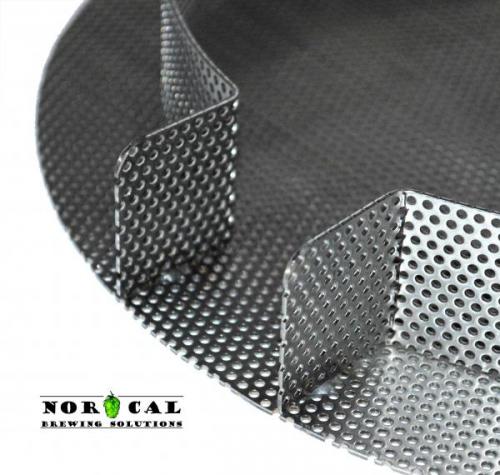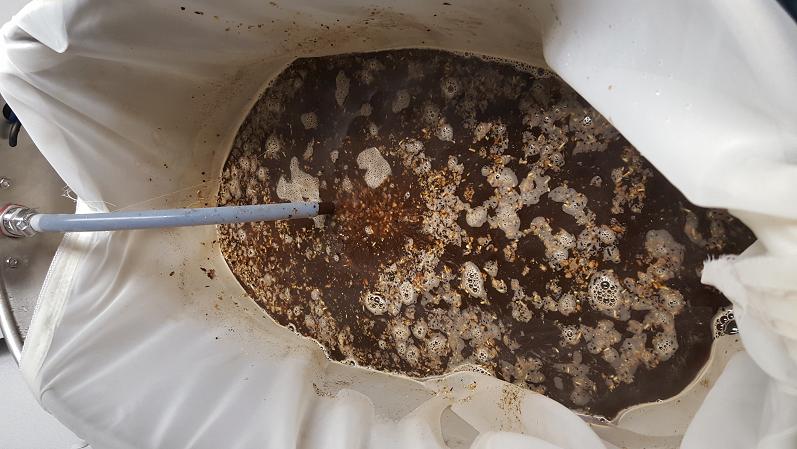I am using the Bayou Classic 62qt with steamer basket also. I recirc straight into the top of the mash using a chugger pump.
I have had what you describe happen on occasion, although i can catch it pretty fast due to the fact that I have a sight glass on the side of my kettle. When I see the liquid level dropping I can usually solve the issue by either stirring the mash or by backing off on the flow rate using the ball valve I have mounted on the outflow of the pump. When stirring, I have noticed that if I brush along the sides of the bag/basket as I am stirring that seems to have a pretty rapid impact, vs just stirring in the middle and scraping the bottom of the bag. I'm pretty sure my bag is just getting clogged with particulate.
I was doing some googling on it last night and came across
this blog post, which sounds almost exactly like the problem I had been having.
I have reached out to Chad at
arborfab.com as he recommended for a quote on a mod to the strainer basket. Same idea as what @schiersteinbrewing was referring to above, just using the upper "collar" of the strainer basket if you will. Here's a pic of what I am referring to, although this one looks quite a bit shorter than mine since the blogger was using the 10 gallon BC with steamer basket.
Depending on the cost, I may just elect to have a basket made without use of the collar of the existing steamer basket, as that may prove cost ineffective due to having to ship the steamer basket to him to modify. Might be cheaper to just have him make the basket from scratch.
Looks like
Utah Biodiesel Supply does pretty much the same stuff, but since I am in NC it is cheaper to ship from Michigan (ArborFab) than from Utah.
My goal here is to increase flow rate through the grainbed to minimize stratification and to also be able to walk away from the thing without it ending up in disaster.
Currently, I use LocLine as a "sparge arm" to recirculate on top of the mash using just their
standard kit and regular nozzles as seen in the first photo of my post. However, I just picked up
their flow nozzle kit, which most folks are using as a circular pattern on top of the mash, as in this photo:
After thinking about it though, I believe what I am going to try is to make a COFI-type solution out of this, by straightening it and twisting the nozzles all the way down the length of it so I am getting a radial pattern all the way down. I would bulkhead the top of the line to the top of the kettle through the lid. Nice part about LocLine is you can add or remove segments as needed so if you had a lower liquid level on a given batch, you could simply modify the height of the spray portion so it stays under liquid, then use standard locline links to make up the difference between there and the exit from the kettle. Kind of like this:
I plan to play around with this on my next brew day and will report back the results. If that doesn't do anything or makes no difference, I can always adjust it back into the loop orientation as above and go from there.
**EDIT** - if you are interested in LocLine and want to learn more about it go to their
website and check it out - most of these items can be found on Amazon. Here is a
link to the spec page for the materials it is manufactured from (Standard Hose and Fittings), at the bottom it states that it is FDA food safe. Had someone PM me about that.
















